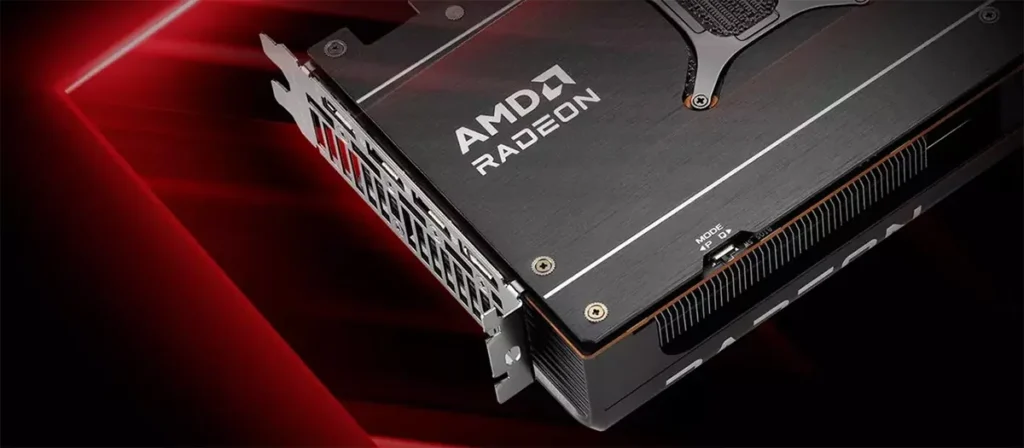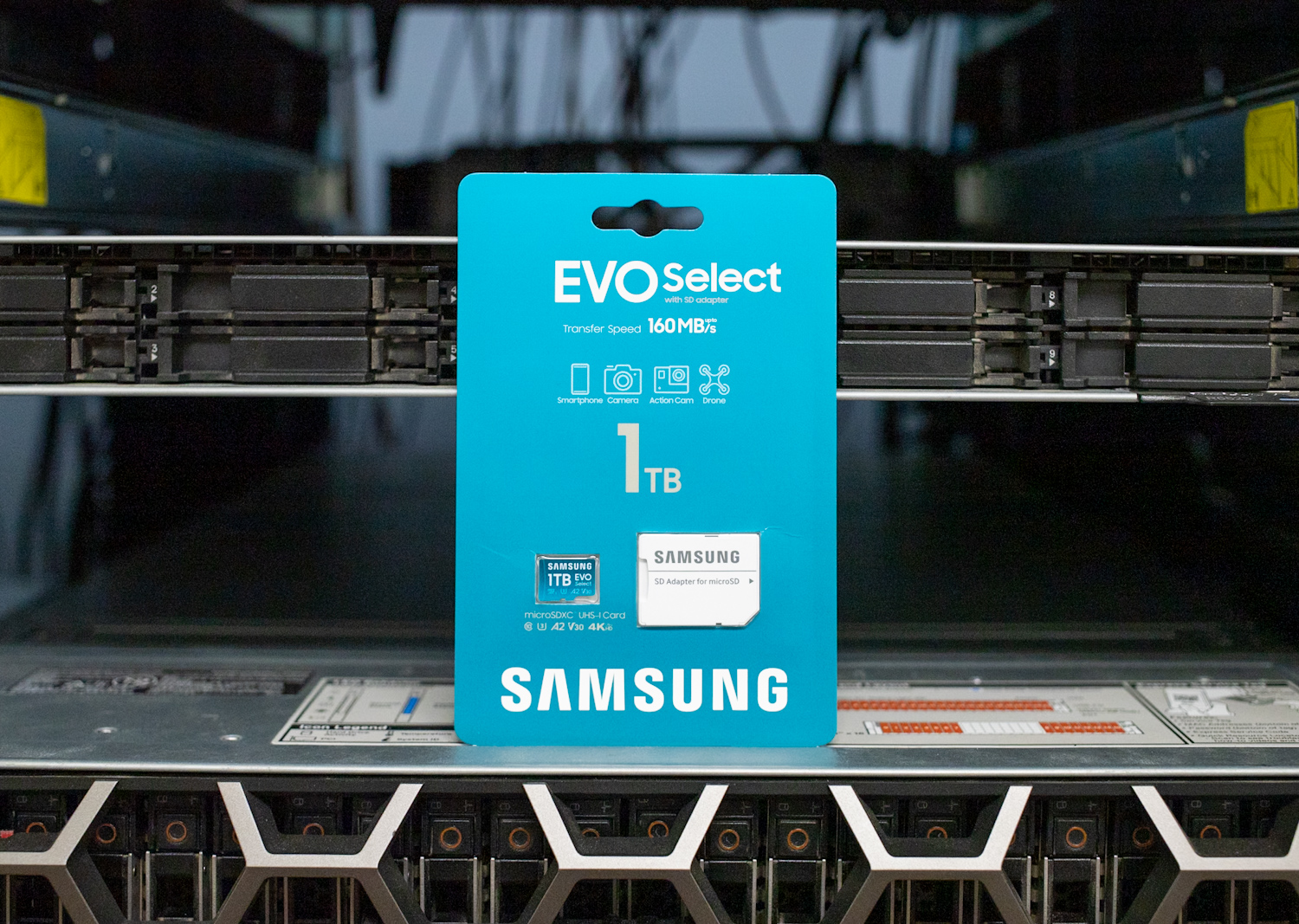
If you spend any time on hardware forums or subreddits, you’ve probably heard the running joke about AMD’s pricing strategy: “Nvidia -$50.” It refers to AMD’s habit of pricing its Radeon cards roughly $50 less than comparable Nvidia models. But today, AMD broke that pattern in a big way, especially in the mainstream GPU market where price-to-performance really matters for most gamers.
At Computex 2025, AMD unveiled the Radeon RX 9060 XT, and it immediately made waves by pricing the 16GB model at just $349. This aggressive pricing not only undercuts Nvidia’s somewhat controversial 8GB RTX 5060 Ti by $30, but it also significantly beats the 16GB RTX 5060 Ti variant by a whopping $80. For gamers and enthusiasts who have been waiting for real competition at this segment, this is exciting news — competition is officially back on the menu.
Looking under the hood, the Radeon RX 9060 XT features 32 RDNA 4 Compute Units, half the amount found in its bigger sibling, the $549+ Radeon 9070 series. It’s offered in two memory configurations: 8GB and 16GB, though the 16GB version is the standout here, as it clearly highlights AMD’s message that 8GB is no longer sufficient in 2025.
AMD shared performance numbers comparing the 16GB Radeon RX 9060 XT against the 8GB RTX 5060 Ti. The Radeon reportedly averaged about 6% faster across a diverse suite of 40 games tested at 1440p resolution — a more demanding setting that stresses memory capacity. Some games showed performance gains of up to 30%. It’s worth noting that if AMD had compared the 16GB Radeon to Nvidia’s 16GB RTX 5060 Ti, these margins would likely tighten, but the current results still demonstrate AMD’s solid positioning.
The Radeon RX 9060 XT also performs well in ray tracing games where Nvidia has traditionally dominated. Thanks to its increased VRAM, the 16GB model showed up to 62% better performance in select ultra ray-traced titles compared to Nvidia’s 8GB 5060 Ti. However, in titles with more advanced ray tracing effects, such as Cyberpunk 2077 in its path-traced overdrive mode and Black Myth Wukong, AMD’s RDNA 4 architecture still struggles to keep pace with Nvidia’s hardware.
To address this, AMD announced “FSR Redstone” at Computex, a next-gen AI-driven upscaling and performance tech designed to boost visuals and frame rates, especially in ray tracing and AI-intensive tasks. If FSR Redstone delivers on its promises, it could begin to close Nvidia’s lead, which currently benefits from DLSS 4 and its advanced AI frame generation. FSR Redstone is expected to roll out in the second half of 2025.
Additionally, AMD will launch FSR 4 with frame generation support on June 5, with 40 games ready to take advantage of this new tech, coinciding with the release of the RX 9060 series.
AMD also revealed the 8GB Radeon RX 9060 XT priced at $299, launching simultaneously with the 16GB version. While 8GB is increasingly insufficient for modern gaming—even at 1080p—the 8GB RX 9060 XT could still be a good option for esports fans or gamers who prioritize frame rates over maximum settings.
One caveat: AMD has yet to provide press with review units of the 8GB model, unlike Nvidia, which notoriously buried the RTX 5060’s 8GB variant with little press attention. Until independent benchmarks arrive, buyers should be cautious about the 8GB RX 9060 XT.
In summary, AMD’s aggressive pricing and solid performance of the 16GB RX 9060 XT bring fresh competition to the mainstream GPU market and reaffirm that 16GB VRAM is becoming the new standard for 2025. With upcoming FSR enhancements and strong multi-game performance, AMD is putting real pressure on Nvidia’s mid-range lineup, which has long been vulnerable to criticism over its memory and pricing strategies.




